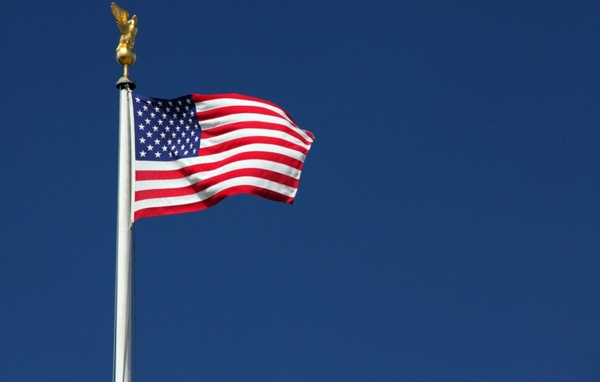
Wine cocktails fit for a festive toast
I’m always looking for unique ideas when it comes to entertaining and July Fourth is one of my favorite holidays for getting together with family and friends. Of course, anyone coming to any of my soirees will find wine on the menu, but this year I thought refreshing and patriotic wine cocktails would make a fun addition to the festivities.
The wine cocktail is not a new concept, as the classic Mimosa — a mixture of Champagne and orange juice — has been a brunch staple for decades.
But because of the celebratory mood of the holiday my guests will be offered a cool, zesty wine cocktail in choices of red, white and blue.
Here are a few tips:
- To make serving easier, have drinks mixed, chilled and ready to serve when guests arrive.
- Remember, when making a wine cocktail the wine will be mixed with other ingredients, so you will be modifying the wine’s distinctive flavors. With that in mind, I suggest using good quality but inexpensive wines.
- And for the final touch, staying with the Independence Day theme, use patriotic cocktail sticks such as flags, stars or simply red, white or blue cocktail stirrers to hold the garnishes.
THE RED COCKTAIL
- Blackberry and Cabernet Caipirinha: In a pitcher muddle 12 (of 24) blackberries with 4 ounces simple syrup. Add 12 ounces cachaca (Brazilian sugar cane spirit), 4 ounces cabernet sauvignon, 8 ounces orange juice and 2 ounces lime juice. Mix well. Refrigerate 1 hour. Stir well and strain into six ice-filled white-wine glasses. Garnish each glass with 2 blackberries, an orange wheel and lime wheel.
THE VALUE
- 2014 Concannon Cabernet Sauvignon, California (about $12 retail)
THE WHITE COCKTAIL
- White Wine Mojito: Tear 30 fresh mint leaves into small pieces, muddle in the bottom of a large pitcher. Add 1 (750-mL) bottle dry white wine, 10 ounces sparkling lemonade and juice of l lime, stirring gently. Pour into highball glasses that have been prepared with 2 to 3 mint leaves on the bottom and filled halfway with ice. Garnish with a lime twist.
THE VALUE
- 2014 Handcraft Pinot Grigio, California (about $9 retail)
THE BLUE COCKTAIL
- Pacific Blue Sangria: In a large pitcher, combine 1 (750-mL) bottle dry white wine, 4 ounces blue curacao, 4 ounces fresh lemon juice, 4 ounces simple syrup, 2 oranges cut into wheels, 8 ounces pineapple chunks and stir well. Cover and refrigerate at least 4 hours. Serve over ice and top with lemon-lime soda and garnish with an orange wheel or pineapple wedge.
THE VALUE
- 2014 Belle Ambiance Chardonnay, California (about $9 retail)